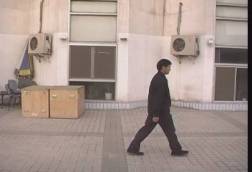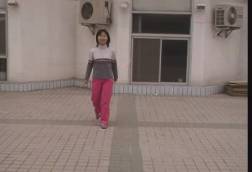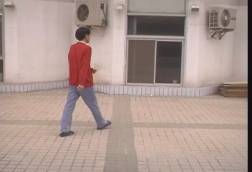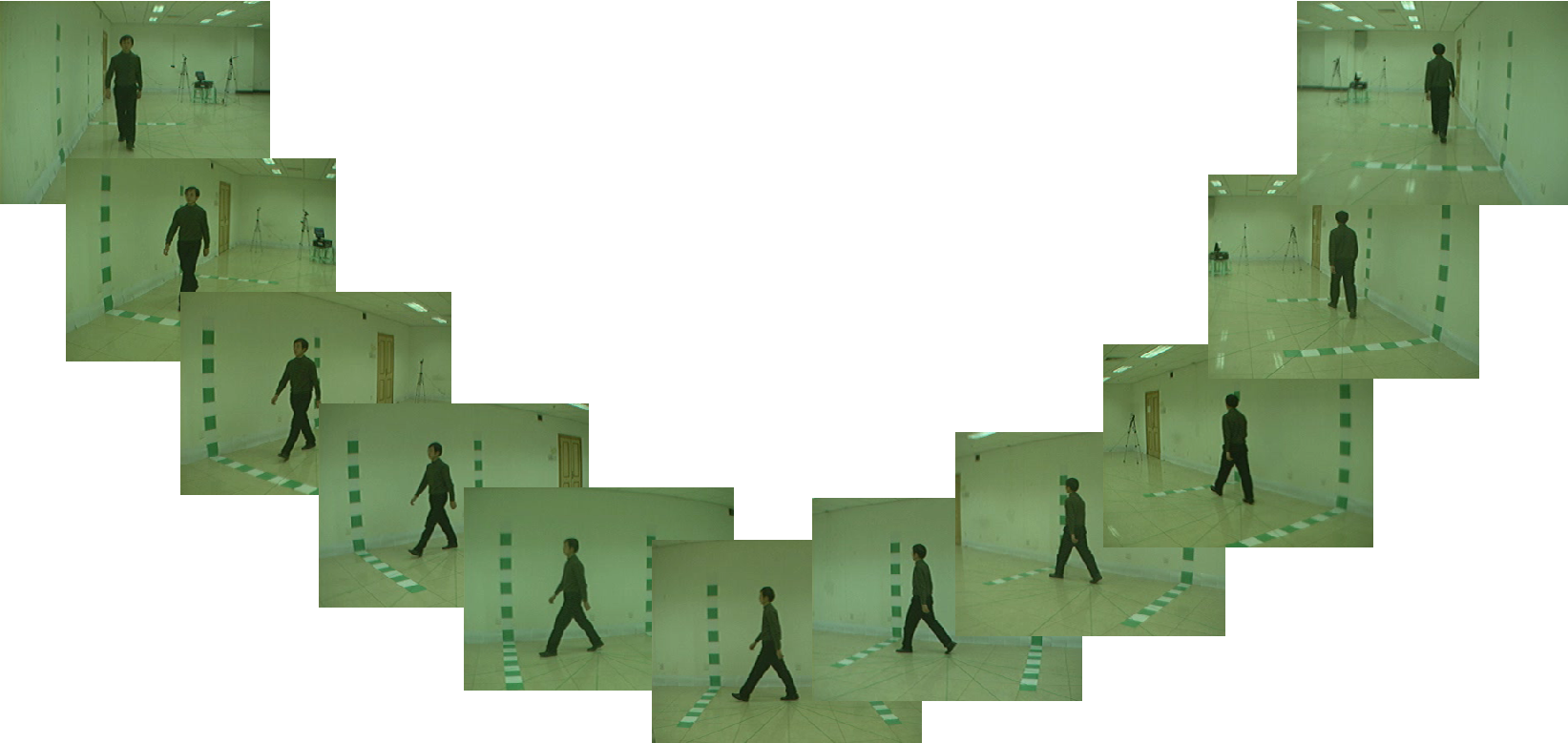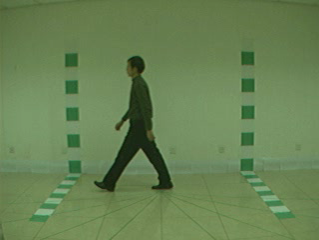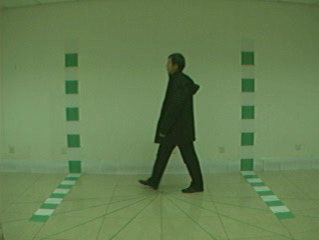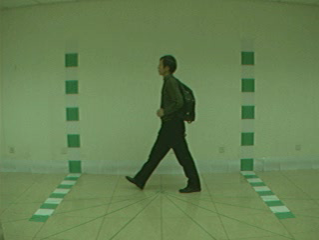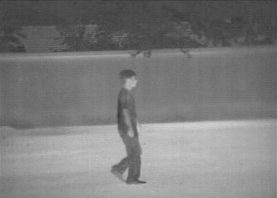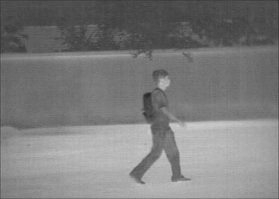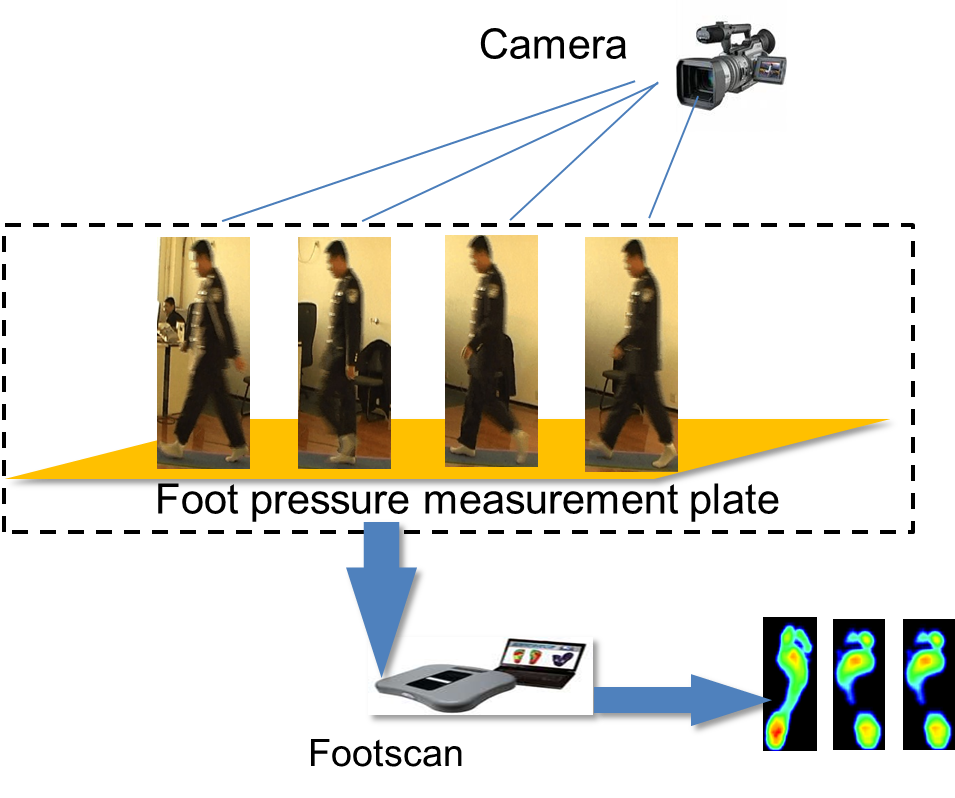Homepage of Shuai Zheng
Gait Dataset
Introduction
Gait recognition is a popular pattern recognition problem for which attracts a lot of researchers from different communities such as computer vision, machine learning, biomedical, forensic studying and robotics.This problem also has great potential in industries such as visual surveillance. Hence, The Intelligent Recognition & Digital Security Group, which was formed in 1998 by Prof. Tieniu Tan at NLPR (National Laboratory of Pattern Recognition), developed this CASIA dataset since Dec. 10, 2001. This CASIA Gait Recognition Dataset current contains 4 subset: Dataset A(standard dataset), Dataset B (multiview gait dataset) and Dataset C (infrared gait dataset), and Dataset D(gait and its corresponding footprint dataset).
This is old project page, please refer to the new update in the new project page.
Citations
If you use CASIA Gait Dataset B, please refer and consider to cite these papers:
- S. Zheng, J. Zhang, K. Huang, R. He, and T. Tan, “Robust View Transformation Model for Gait Recognition,” in International Conference on Image Processing(ICIP), Brussels, Belgium, 2011.[pdf][GEI features][code][pw4code](new!)
- Shiqi Yu, Daoliang Tan, and Tieniu Tan. A Framework for Evaluating the Effect of View Angle, Clothing and Carrying Condition on Gait Recognition. In Proc. of the 18′th International Conference on Pattern Recognition (ICPR). Hong Kong, China. August 2006.
Please also consider to read and cite this paper, where the author use this dataset to prove the effectiveness of a novel and important algorithm:
- Ran He, Tieniu Tan, and Liang Wang. Robust Recovery of Corrupted Low-rank Matrix by Implicit Regularizers. IEEE Transactions on Pattern Analysis and Machine Intelligence, 2013. (new)
Follow this link for a list publications that have cited the ICIP paper , and this link for papers that mention this dataset.
If you use CASIA Gait Dataset D, please refer and cite these publications:
- S. Zheng, K. Huang, T. Tan and Dacheng Tao, “ A Cascade Fusion Scheme for Gait and Cumulative Foot Pressure Image Recognition“, Volume 45 Issue 10, pp 3603-3610, Pattern Recognition, 2012.
- S. Zheng, K. Huang, and T. Tan., “Evaluation framework on translation-invariant representation for cumulative foot pressure image,” in International Conference on Image Processing(ICIP), Brussels, Belgium, 2011.[pdf] [footprintdataset][footprintandgaitdataset]
Follow this link for papers that mention this dataset.
If you use CASIA Gait Dataset A, please refer and cite these publication:
- Liang Wang, Tieniu Tan, Huazhong Ning, Weiming Hu, Silhoutte analysis based gait recognition for human identification, IEEE trans Pattern Analysis and Machine Intelligence(PAMI), Vol. 25, No. 12, pp. 1505-1518, 2003.
Follow this link for a list publications that have cited the above paper and this link for papers that mention this dataset.
If you use CASIA Gait Dataset C, please refer and cite these publications:
- Daoliang Tan, Kaiqi Huang, Shiqi Yu, and Tieniu Tan. Efficient Night Gait Recognition Based on Template Matching. In Proc. of the 18′th International Conference on Pattern Recognition (ICPR06). Hong Kong, China. August 2006.
Follow this link for a list publications that have cited the above paper and this link for papers that mention this dataset.
Details About the Dataset
| Dataset A (former NLPR Gait Database) was created on Dec. 10, 2001, including 20 persons. Each person has 12 image sequences, 4 sequences for each of the three directions, i.e. parallel, 45 degrees and 90 degrees to the image plane. The length of each sequence is not identical for the variation of the walker’s speed, but it must ranges from 37 to 127. The size of Dataset A is about 2.2GB and the database includes 19139 images. The format of the image filename in Dataset A is ‘xxx-mm_n-ttt.png’, where
|
|
|
|
|
Download & How To Apply
Download
If you just want the silhouettes, you can download here:
- Dataset A (16M)
- Dataset B (628M)[code][pw4code](new!)
- Dataset C (66M)
- Dataset D (200M~-300M)(350MBfootprint)(footprint&walkingpose)
If you are interested in download the prepared Gait Energy Image features, please directly download it here dataset.
If you want the whole database (A, B, C)(video files and silhouettes files), you should follow the steps:
- Download database release agreement.
- Sign the agreement.
- Send a signed agreement copy to Hongyu Liang. Either:
- fax it back to us at +86-10-62551993.
- scan and email to Hongyu Liang(casia_gait {at} nlpr.ia.ac.cn)
- post to “Hongyu Liang, Room 1212, National Laboratory of Pattern Recognition, CASIA, P. O. Box 2728, Beijing, 100080, China”
- You have two ways to get the CASIA GAIT database. Please inform us which way you choose by sending email to casia_gait@nlpr.ia.ac.cn:
- Way 1: Download it from our FTP.
- Way 2: Provide your UPS or FedEx Account in your request e-mail, then request the package delivery company (such as FedEx or UPS) to take the CASIA GAIT database DVDs. Our address is: Hongyu Liang, Room 1212, Zhongguancun East Road 95#, Haidian District, Beijing, 100080, China. (Tel: +86-10-62653768)
|
|
Credits and Acknowledgement
This dataset and the experiments present in these papers were done at Intelligent Recognition & Digital Security Group at NLPR, CASIA mainly by the Students including Liang Wang (now he is a professor at NLPR), Huazhong Ning, Daoliang Tan, Shiqi Yu, Shuai Zheng, Tianyi Zhou, Hongyu Liang. Dr. Ran He, Professor Dacheng Tao, Professor Tieniu Tan, and Associated Professor Kaiqi Huang.
CASIA Gait Dataset part D are collected by Professor Liming Shi’s team at Chinese Criminal Investigation College.
We would like to acknowledge the help of several volunteers who annotated this dataset, in particular, we appreciate students from NLPR, CAS, and Chinese Criminal Investigation College.
CASIA Gait Dataset part D is supported by National Basic Research Program of China (2012CB316302) and National Science Foundation of China (Nos. 60875021 and 61175007). It also in part supported by ARC discovery project with Project No. DP-120103730.
We thank the CBSR for hosting this web page.
Contact me if you have any suggestions or problems!
